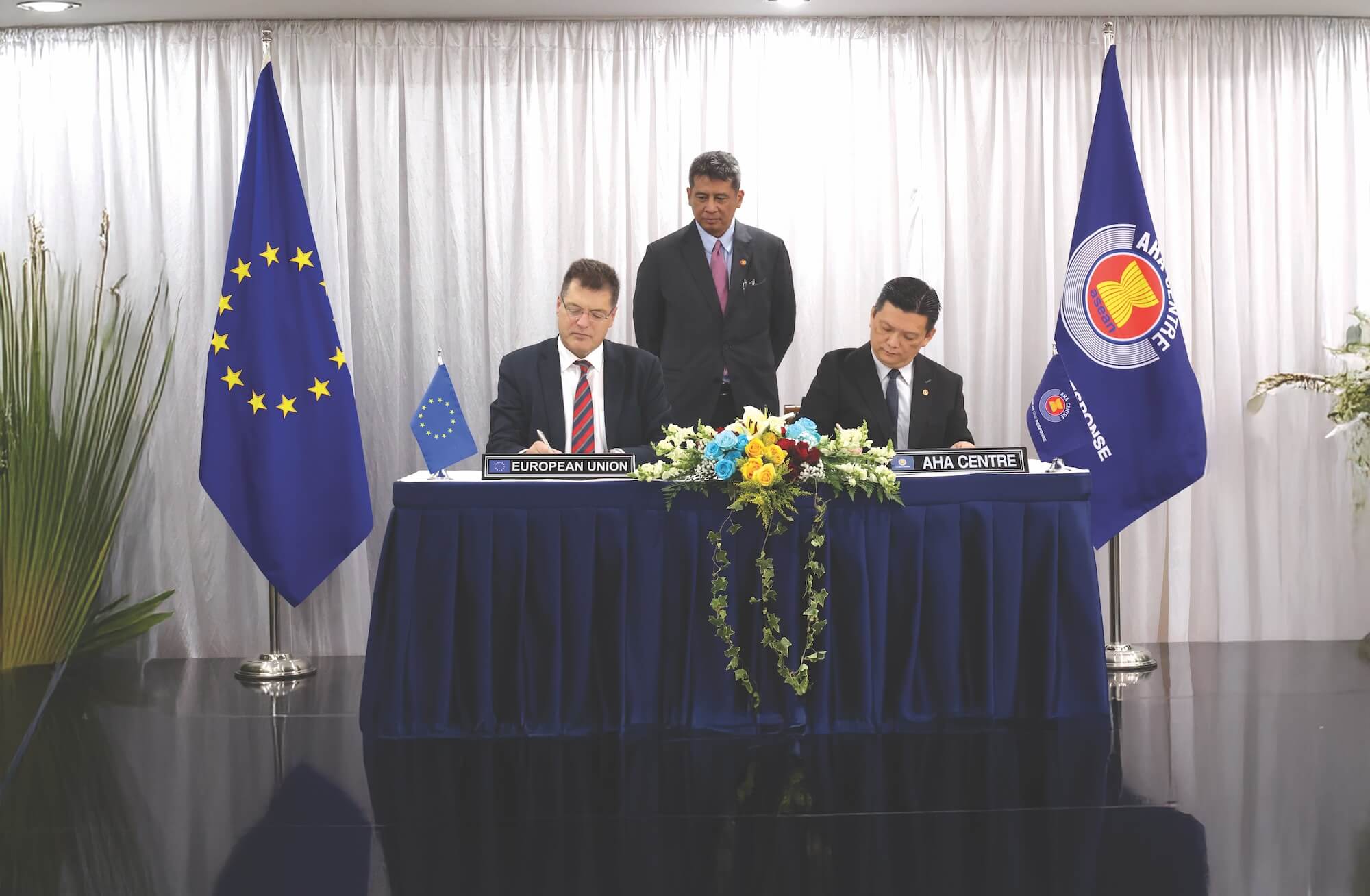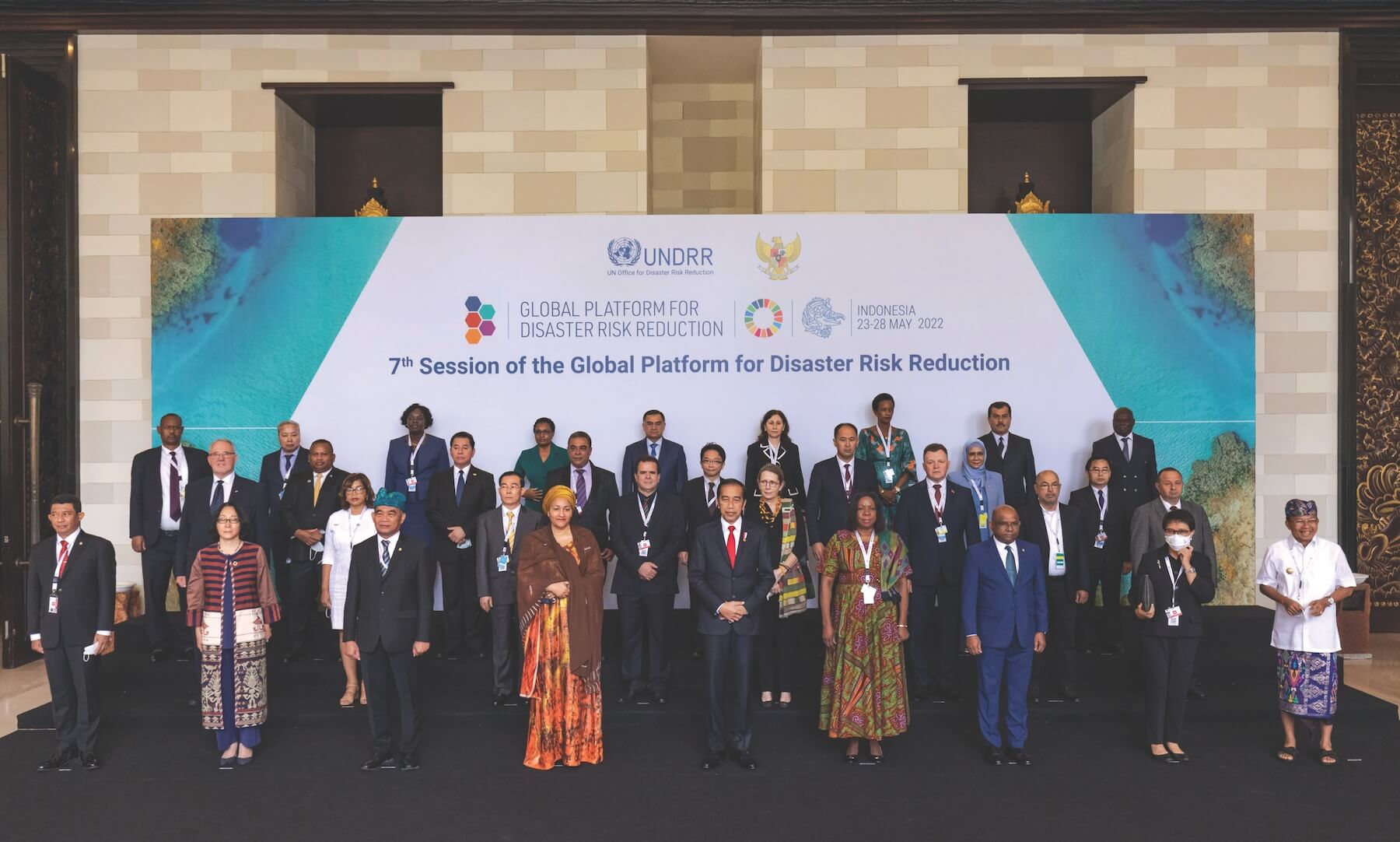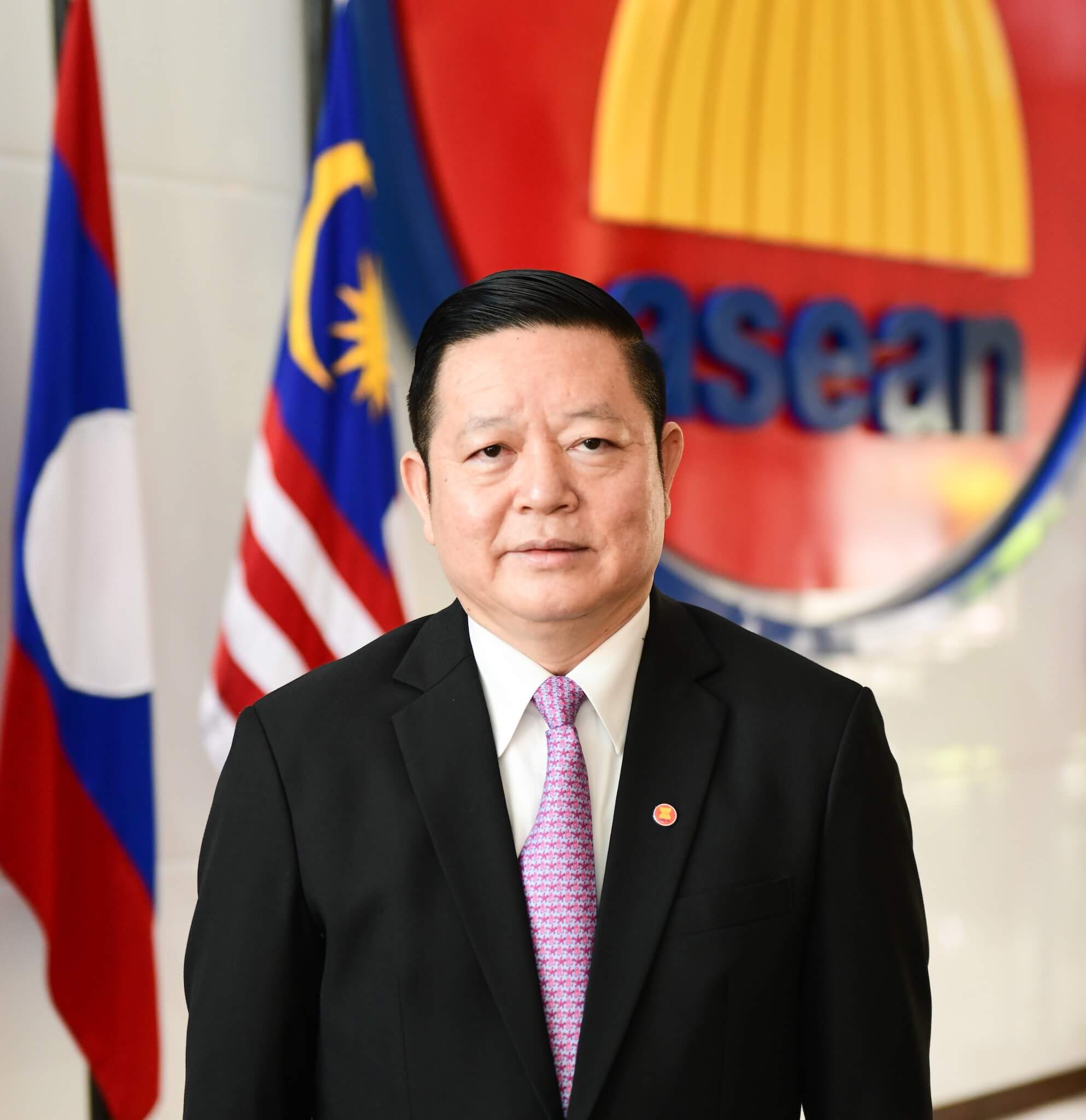



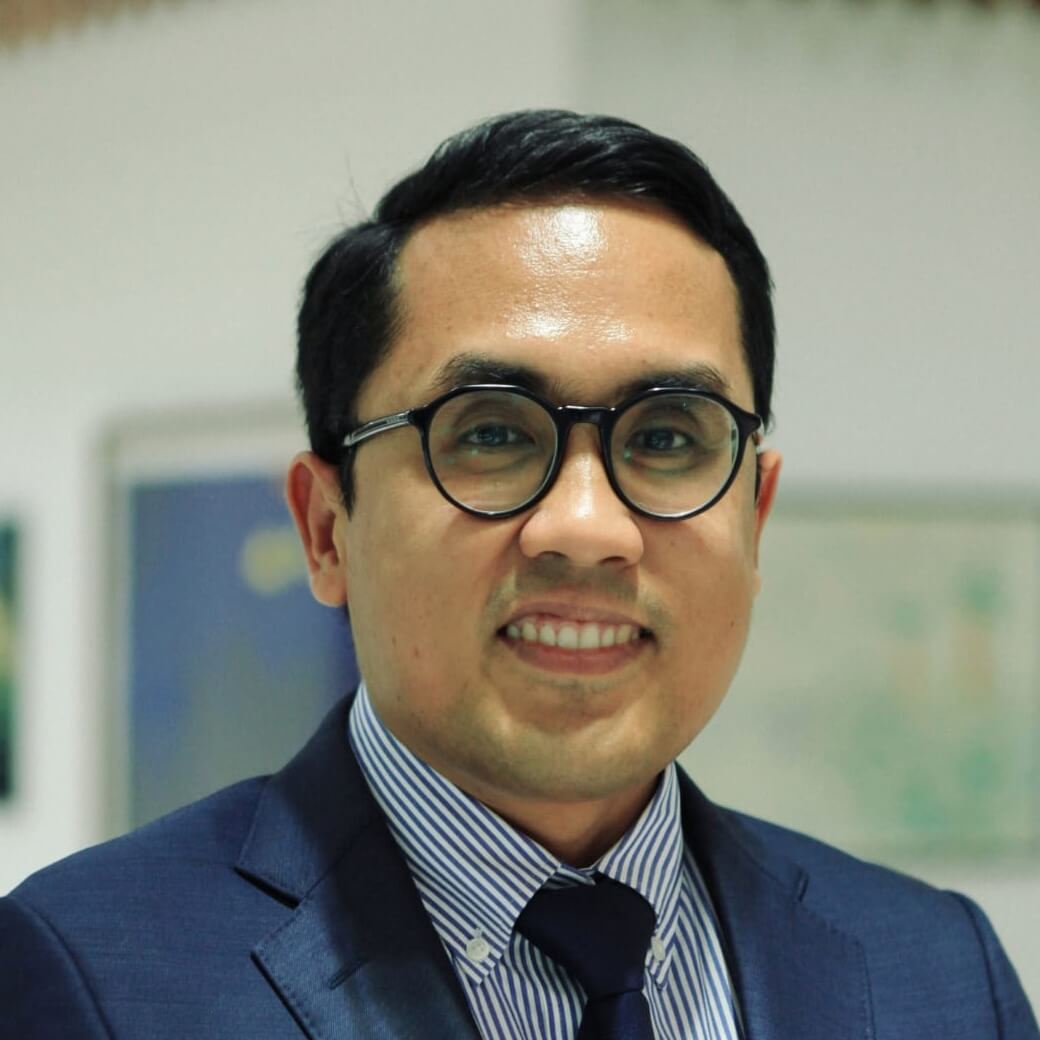
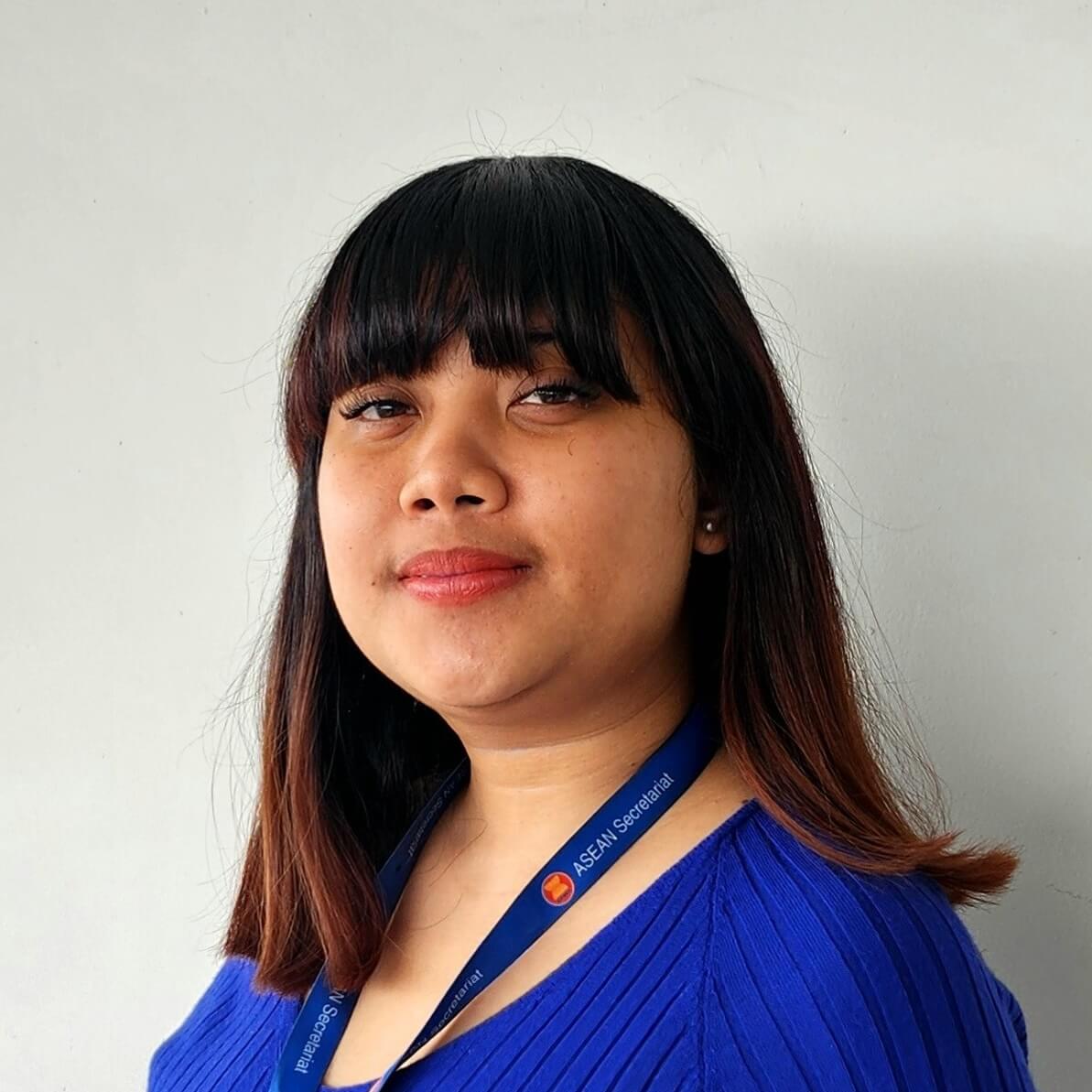
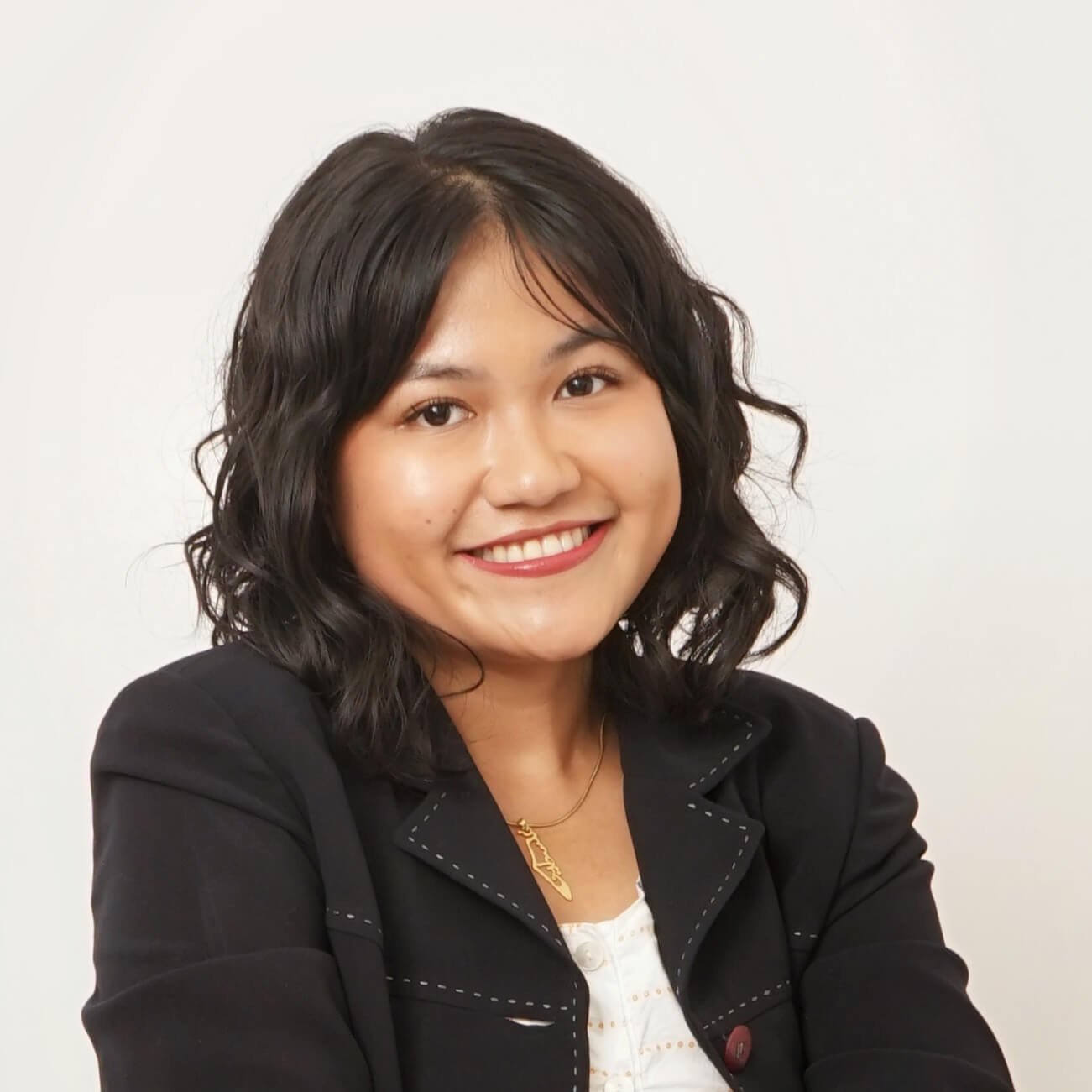


Although the COVID-19 pandemic may seem less prominent in public discourse this year, its enduring impacts still resonate today. The swift implementation of restrictive policies, the accelerated shift toward digitalisation, disruptions across economic sectors, and the disproportionate burden on people’s livelihoods all posed global challenges.
ASEAN was not an exception. It witnessed a significant economic downturn, with economic growth nosediving from 4.5 per cent in 2019 to -3.7 per cent in 2020. Total trade decreased by 5.2 per cent, dipping to 2.7 trillion US dollars in 2020 from 2.8 trillion US dollars the previous year, while investment plummeted by 27.9 per cent to 119.8 billion US dollars in 2020 from 166.1 billion US dollars in 2019. The repercussions were dire for the people of ASEAN, with approximately 4.7 million individuals in the region falling into extreme poverty in 2021.
On a positive note, ASEAN’s comprehensive efforts to address the multidimensional impacts of the pandemic shine a light on ASEAN’s resilience. The region has shown a remarkable ability to rebound from adversity in the face of the most severe crisis of our time.
The resilience of ASEAN economies is evident in their recovery trajectories. In 2023, ASEAN achieved a commendable 4.1 per cent growth in 2023, surpassing the global average of 3.2 per cent. Notably, total trade and investment soared to unprecedented levels of 3.5 trillion and 228.9 billion US dollars, respectively (ASEAN Stats, 22 April 2024), surpassing pre-pandemic levels. Employment levels have also exceeded pre-pandemic figures, reaching 336 million in 2023 compared to 325 million in 2019.
This economic resurgence is attributed to ASEAN’s multifaceted responses, notably through implementing the ASEAN Comprehensive Recovery Framework (ACRF), which was adopted in 2020. The ACRF serves as a consolidated exit strategy for ASEAN to overcome the impacts of the pandemic while charting pathways for a collective and long-term socio-economic recovery strategy. After three years of implementation, the ACRF has successfully leveraged recovery strategies to bolster public health systems, promote human security, enhance economic integration, advance digitalisation, and promote sustainability across the region.
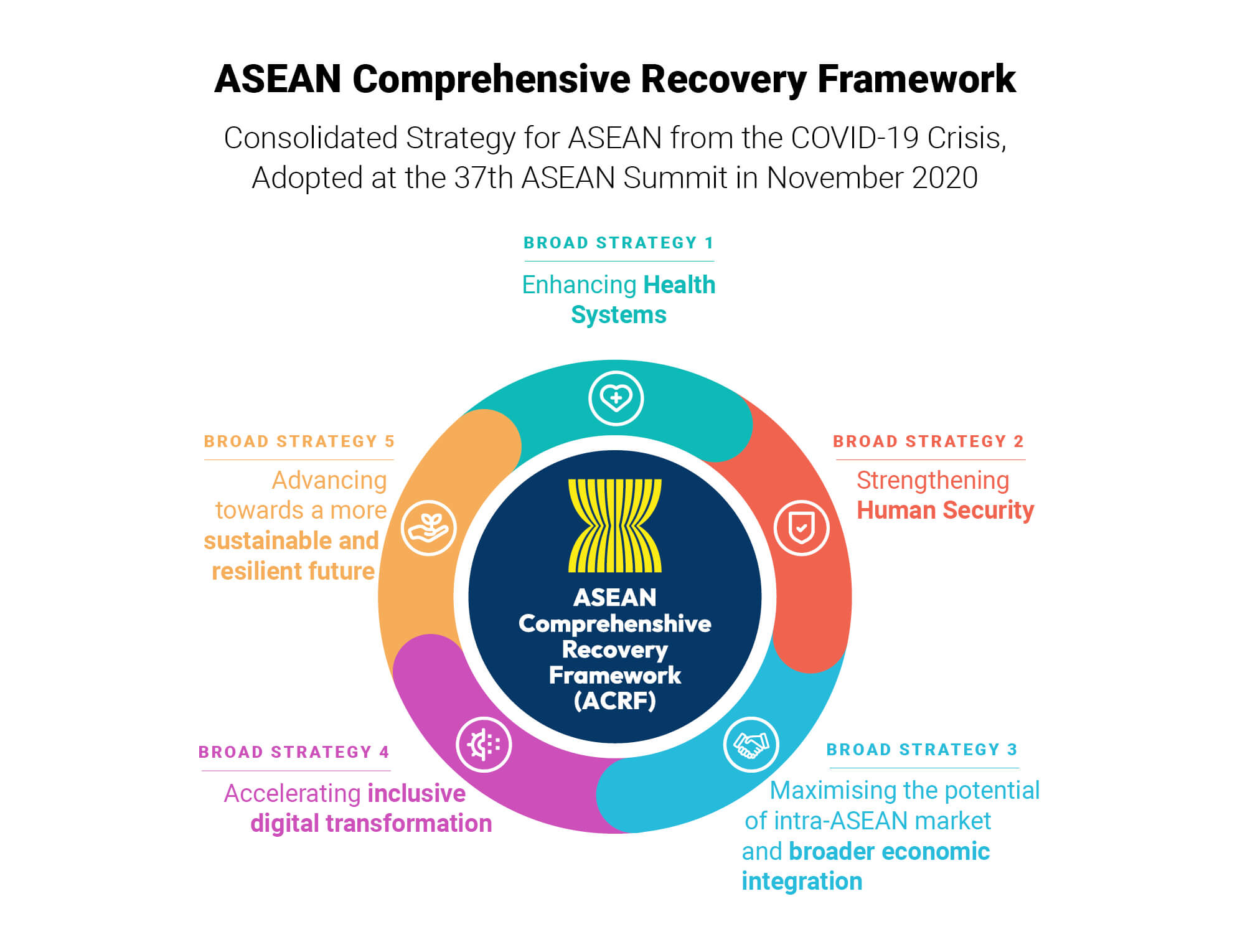
Three years on, ACRF’s major milestones
ASEAN’s proactive approach to public health is exemplified by its robust vaccination campaign, with nearly 73 per cent of the population fully vaccinated by 2023. Moreover, initiatives such as the ASEAN COVID-19 Genomics Project enabled early detection of virus mutations, anticipating their impact on rapid vaccination efforts. Most importantly, establishing the ASEAN Centre for Public Health Emergencies and Emerging Diseases (ACPHEED) as part of the ACRF’s initiatives further reinforces the region’s long-term capacity to respond to future health crises.
Furthermore, ACRF has advanced endeavours aimed at bolstering the capabilities of healthcare professionals. These include initiatives focused on capacity building for health workers, such as providing scholarship programmes tailored for faculty members in health and related scientific disciplines within the ASEAN region.
Additionally, efforts have been made to increase expertise in genomic surveillance through specialised training sessions. Seamless dissemination of crucial information among healthcare personnel regarding communicable and emerging infectious diseases also remained a priority across the region. The ASEAN BioDiaspora Virtual Centre has been instrumental in facilitating this, having published over 520 situational reports tracking outbreaks, epidemics, and pandemics pertinent to ASEAN Member States.
The pandemic also highlighted vulnerabilities in human security, particularly affecting marginalised groups and frontline workers. The ACRF responded by expanding social protection measures to the marginalised communities, women, and youth, and leveraging existing initiatives such as the ASEAN Plus Three Emergency Rice Reserve (APTERR) to ensure food security. As a result, the number of people facing severe food insecurity declined significantly to 12.6 million in 2022 from 17.1 million in 2019.
In addition, the ACRF has proactively tackled shifts in labour policies through a series of targeted initiatives. Notably, the framework utilised the ASEAN Forum on Migrant Labour as a platform to address the repercussions on labour within the context of post-pandemic recovery. Furthermore, skills development programmes were emphasised in the ACRF’s implementation. These included sustained capacity-building programmes tailored for, among others, Technical and Vocational Education and Training (TVET) personnel, ensuring their adeptness in navigating the evolving post-COVID workplace dynamics.
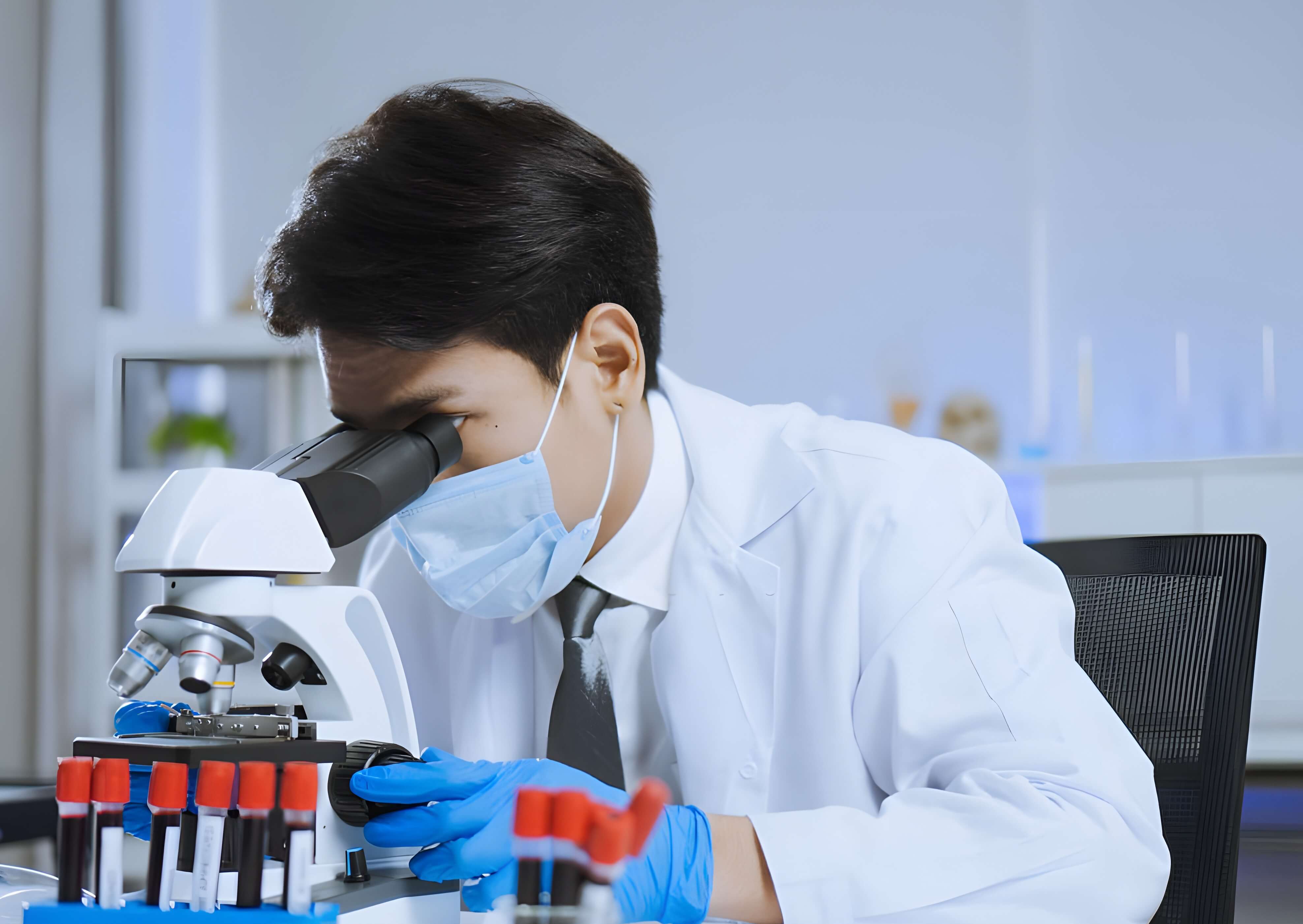
Beyond this, ASEAN’s commitment to economic recovery is evident in its efforts to facilitate trade and investment. Through initiatives like the Memorandum of Understanding on the Implementation of Non-Tariff Measures on Essential Goods, trade barriers have been gradually dismantled, ensuring the smooth flow of essential goods by preventing restrictive trade measures in 351 tariff lines for various agricultural, food, and vaccine manufacturing products.
Digitalisation efforts, such as optimising the ASEAN Single Window (ASW), have further streamlined trade transactions, saving business time and costs. In 2022, businesses utilising ASW saved an estimated cost of 150 million US dollars and 6 million days of business operations.
Furthermore, the pandemic accelerated the adoption of digital technologies across ASEAN, presenting opportunities for economic empowerment, particularly for micro, small, and medium-sized enterprises (MSMEs). Initiatives such as Go-Digital ASEAN and the ASEAN SME Academy have equipped businesses with essential digital skills. More than 225,778 individuals, with 80 per cent representing MSMEs, received training through Go Digital ASEAN in 2020-2021. Go Digital ASEAN 2, with its 3-tier approach, has been empowering a significant number of individuals: Go Digital trained 140,475, Explore Digital reached an audience of 380, and Grow Digital trained 16,459 people. Additionally, 6,851 individuals have utilised the ASEAN SME Academy.
However, sustained efforts are needed to ensure that ASEAN can be a frontrunner instead of a technology adopter. This ambition is reflected in the 2021 adoption of the Consolidated Strategy on the Fourth Industrial Revolution, which goes beyond advancing the digital economy and emphasises the importance of strengthening technological governance, cybersecurity, and the digital transformation of society.
Lastly, ASEAN’s commitment to sustainability is evident through various initiatives that have strengthened the region’s resilience. The adoption of the Framework for Circular Economy for the AEC and the ASEAN Taxonomy for Sustainable Finance are prime examples. The former promotes a transition to a resource-efficient and sustainable economic model, whilst the latter aims to attract significant investment in sustainable financing. Notably, sustainability bonds issued across the region surged to 22.2 billion US dollars in 2022 from 6.4 billion US dollars pre-pandemic.
All in all, ASEAN’s comprehensive economic recovery efforts have yielded significant benefits. Amidst the current state of geopolitics, the region emerged as a major hub for trade and investment. Multinational corporations, particularly in the technology sector and those prioritising the swift transition to sustainable practices, are increasingly drawn to diversify their operations within ASEAN. This positions ASEAN as a premier destination, characterised by its exceptional stability and continuously improving business environment.

Beyond the ACRF
The ACRF’s success extends beyond its implementation. It serves as a successful model for cross-sectoral and cross-pillar collaboration and an effective resource mobilisation platform. Its dynamic nature, characterised by incorporating new initiatives, has proven highly effective. Noteworthy is the inclusion of new initiatives such as haze management, care economy, and food and energy security strategies, showcasing the ability to address evolving challenges.
Looking ahead to its post-2025 agenda, ASEAN can draw lessons from the pandemic to build long-term resilience, specifically focusing on enhanced regional cooperation to better address future challenges. The initiatives could incorporate climate-driven health emergencies, systematic social protection programmes, supply chain resilience, narrowing technological gaps, prioritising innovation, developing resilient infrastructure, and catalysing sustainable financing. These efforts will require a post-2025 environment that promotes closer synergy across the different pillars.
To conclude, the fundamental principle guiding successful future strategies for ASEAN will invariably revolve around collaboration rather than isolation. This principle remains the cornerstone for navigating uncertainties in the years ahead. The ACRF is a beacon of exemplary collaboration, showcasing ASEAN’s capacity to advance partnerships despite the crises.





